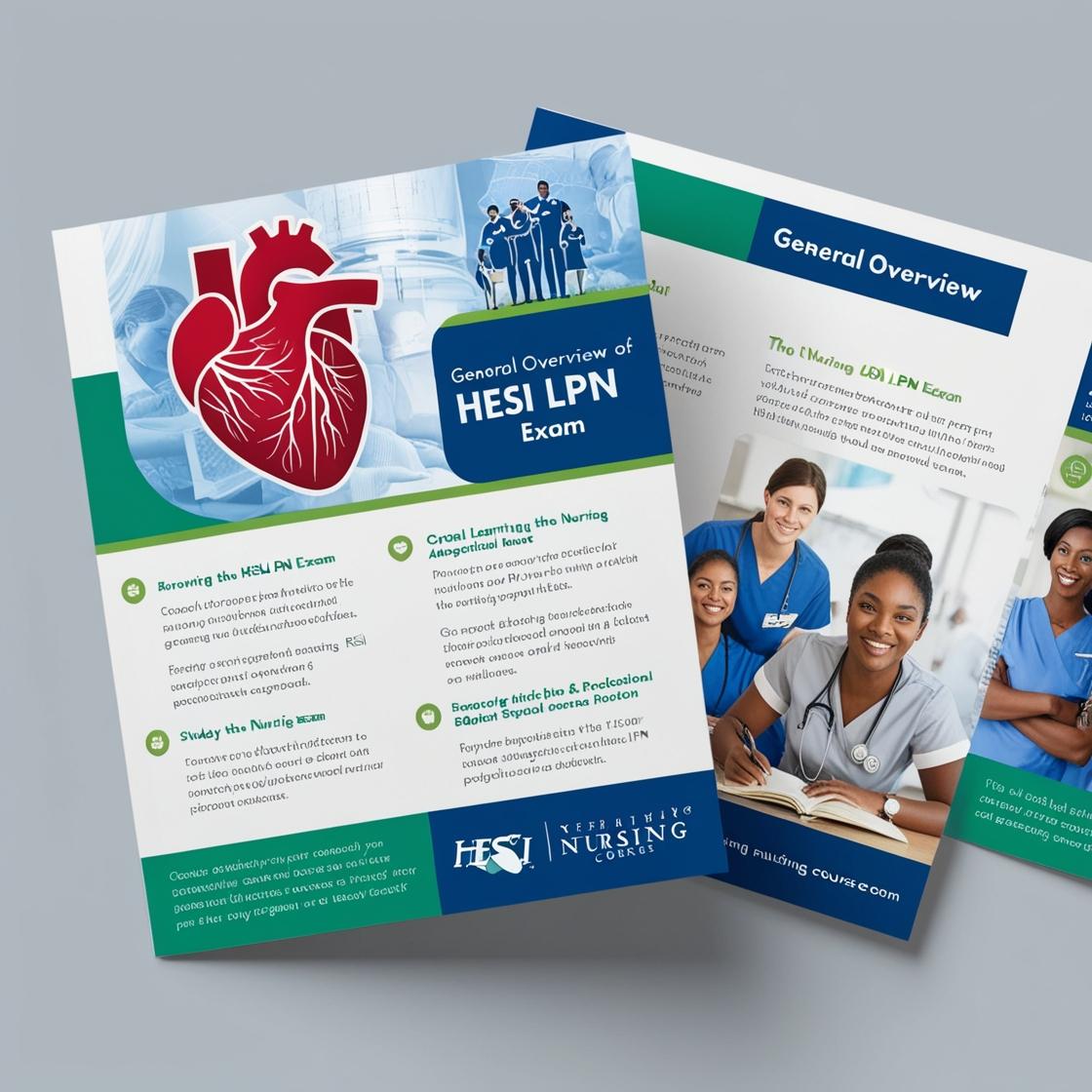HESI LPN
HESI Test Bank Medical Surgical Nursing
1. A client with urolithiasis is preparing for discharge after lithotripsy. Which intervention should the nurse include in the client's postoperative discharge instructions?
- A. Report when hematuria becomes pink-tinged
- B. Use incentive spirometer
- C. Restrict physical activities
- D. Monitor urinary stream for a decrease in output
Correct answer: D
Rationale: After lithotripsy, monitoring the urinary stream for a decrease in output is essential to identify any potential complications such as urinary retention or obstruction. Reporting pink-tinged hematuria is important, but monitoring the urinary stream for a decrease in output takes precedence as it directly assesses renal function and potential complications. Using an incentive spirometer is not directly related to post-lithotripsy care. Restricting physical activities may be necessary initially but is not the priority compared to monitoring urinary output.
2. When assessing an adolescent with depression, what is the most important question for the nurse to ask?
- A. What is causing your feelings of depression?
- B. Have you ever thought about suicide?
- C. What actions can we take to improve your mood?
- D. Would you like your friends to come over?
Correct answer: B
Rationale: The correct answer is B: 'Have you ever thought about suicide?' When assessing an adolescent with depression, it is crucial to ask direct questions about suicidal thoughts. This helps determine the severity of the situation, especially if the person has considered or planned to harm themselves. Choice A is not as direct and specific to suicidal ideation. Choice C focuses on improving mood rather than assessing the risk of harm. Choice D is unrelated to assessing suicidal ideation and the severity of the depression.
3. The nurse is assessing a client who reports sudden onset of severe eye pain and blurred vision. What is the priority nursing intervention?
- A. Administer prescribed pain medication.
- B. Notify the healthcare provider immediately.
- C. Place an eye patch over the affected eye.
- D. Prepare the client for a CT scan.
Correct answer: B
Rationale: The correct answer is to notify the healthcare provider immediately (Choice B). Sudden severe eye pain and blurred vision can indicate acute angle-closure glaucoma, which is a medical emergency requiring prompt evaluation and treatment to prevent vision loss. Administering pain medication (Choice A) may provide temporary relief but does not address the underlying cause. Placing an eye patch (Choice C) may not be appropriate without knowing the exact cause of the symptoms. Preparing for a CT scan (Choice D) is not the immediate priority in this situation where urgent medical attention is needed.
4. The nurse explains to the parents of a child with developmental hip dysplasia that the application of a Pavlik harness is necessary. In what position will the harness hold the child's femurs?
- A. Abduction
- B. Adduction
- C. Flexion
- D. Extension
Correct answer: A
Rationale: The correct answer is A: Abduction. The use of the Pavlik harness is to maintain the hips in abduction for 4 to 6 months to treat developmental hip dysplasia. This position helps in stabilizing the hip joint and promoting proper growth and development. Choices B, C, and D are incorrect because the Pavlik harness specifically aims to hold the child's femurs in abduction, not adduction, flexion, or extension.
5. The nurse is providing discharge teaching for a client with heart failure. Which instruction should be included to prevent fluid overload?
- A. Weigh yourself daily and report a gain of 2 pounds in 24 hours
- B. Increase fluid intake to stay hydrated
- C. Consume a high-sodium diet to retain fluids
- D. Engage in vigorous exercise daily
Correct answer: A
Rationale: The correct answer is A: 'Weigh yourself daily and report a gain of 2 pounds in 24 hours.' Daily weight monitoring is crucial for detecting fluid retention early in clients with heart failure. Reporting a gain of 2 pounds in 24 hours can indicate fluid overload, prompting timely intervention. Choice B is incorrect because increasing fluid intake can exacerbate fluid overload in clients with heart failure. Choice C is incorrect as a high-sodium diet can worsen fluid retention. Choice D is incorrect as vigorous exercise can strain the heart and worsen heart failure symptoms.
Similar Questions

Access More Features
HESI LPN Basic
$69.99/ 30 days
- 50,000 Questions with answers
- All HESI courses Coverage
- 30 days access @ $69.99
HESI LPN Premium
$149.99/ 90 days
- 50,000 Questions with answers
- All HESI courses Coverage
- 30 days access @ $149.99
